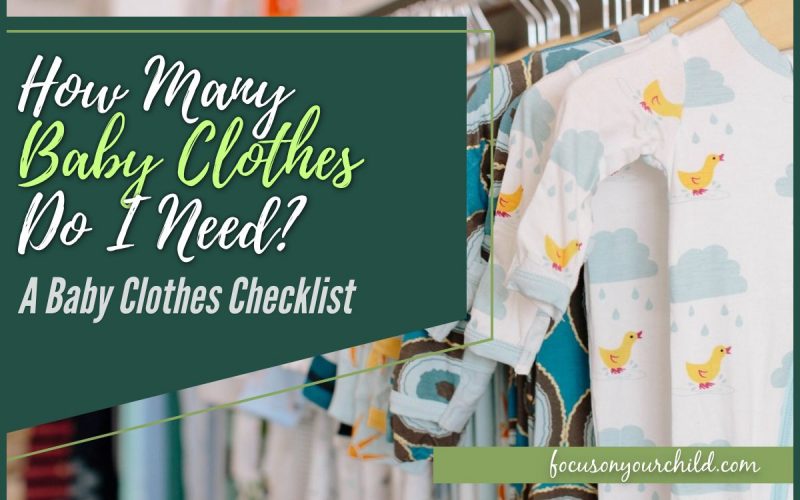Buying baby clothes can be tricky. From jumpsuits to sleepers to swaddles, the many options and requirements for baby clothes can be quite confusing, especially for first-time parents. Because babies grow so quickly and can jump three to four sizes in just the first few months, buying just a few pieces of essential items in each size is a good option. On the other hand, babies can be rather messy, so how many baby clothes do you actually need?
Because of how fast babies grow, you do not need to have too many pieces of each item in each size. Plan to always have at least two daytime outfits and one nighttime outfit on hand at all times, not including what your baby is currently wearing. The following is a sample list of what and how many baby clothes you may need.
- 8-10 Bodysuits
- 4 Sleep Gowns/Footed Pajamas
- 2-3 Swaddles/ Sleep Sacks
- 3-4 Pairs of Pants
- 4-6 Pairs of Socks
- 2-3 Pairs of Mittens
- 2 Hats
- 1-2 Jackets/Cardigan
- 1 Pair of Shoes
The number of baby clothes you’ll need also ties into how often you plan to do baby laundry. It is suggested that at least two loads of laundry are done each week to avoid having a bigger pile-up. It also allows you need to buy less clothing for your baby.
Baby Clothes Checklist
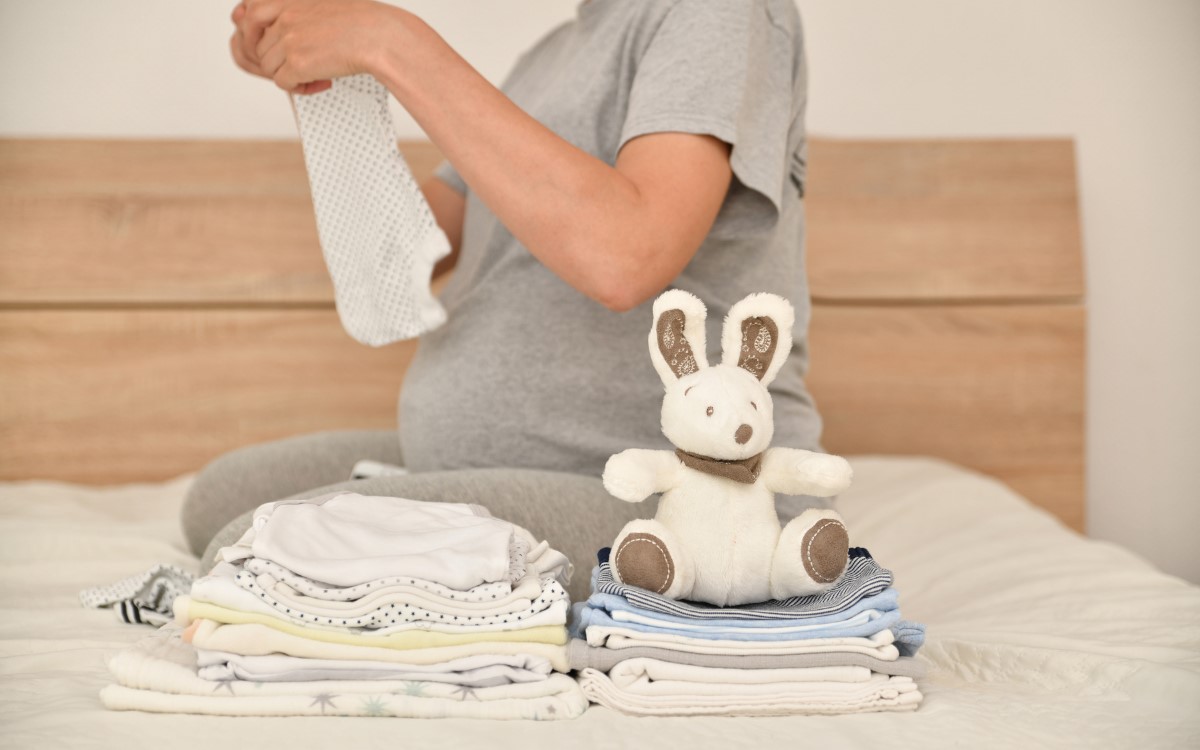
The numbers provided below are only a guide. The amount of each clothing item you’ll actually need will depend on several factors, such as laundry schedules as well as where and when your baby is born.
The below list assumes a twice-a-week laundry schedule. You may not need as much if you plan on doing laundry more frequently or need more if you plan on washing less than twice a week.
-
Bodysuits
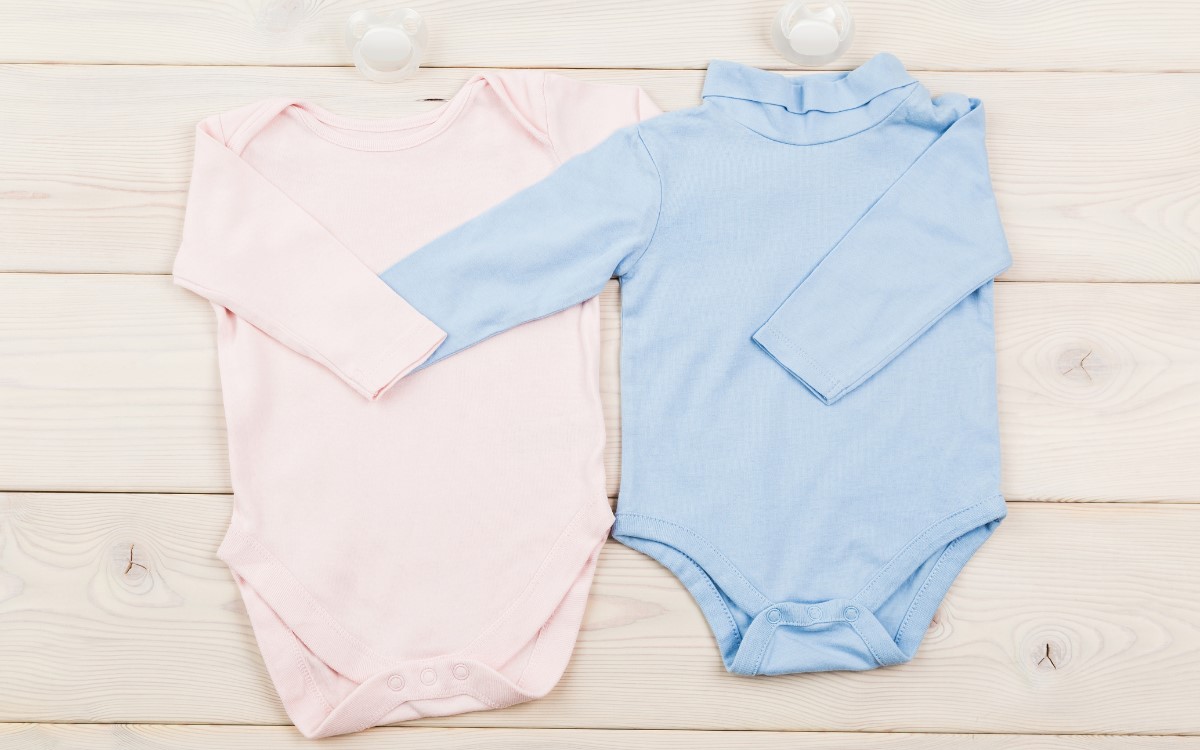
Bodysuits, also known as onesies, are simple, one-piece garments that fit on your baby’s body like a t-shirt but with metal snaps or button closures which allow it to be closed over the crotch, or on the side, as on a side-snapping bodysuit.
Bodysuits are usually made of a lightweight material such as cotton and come in long and short sleeved styles, making them a good choice for daytime and even nighttime outfits, or as a base for layering during cold weather. Some bodysuits are also made from wool, which helps keep babies warmer in cool temperatures.
Babies can need one to two outfit changes in a day, so have at least eight to ten bodysuits on hand.
-
Sleep Gowns and Footed Pajamas
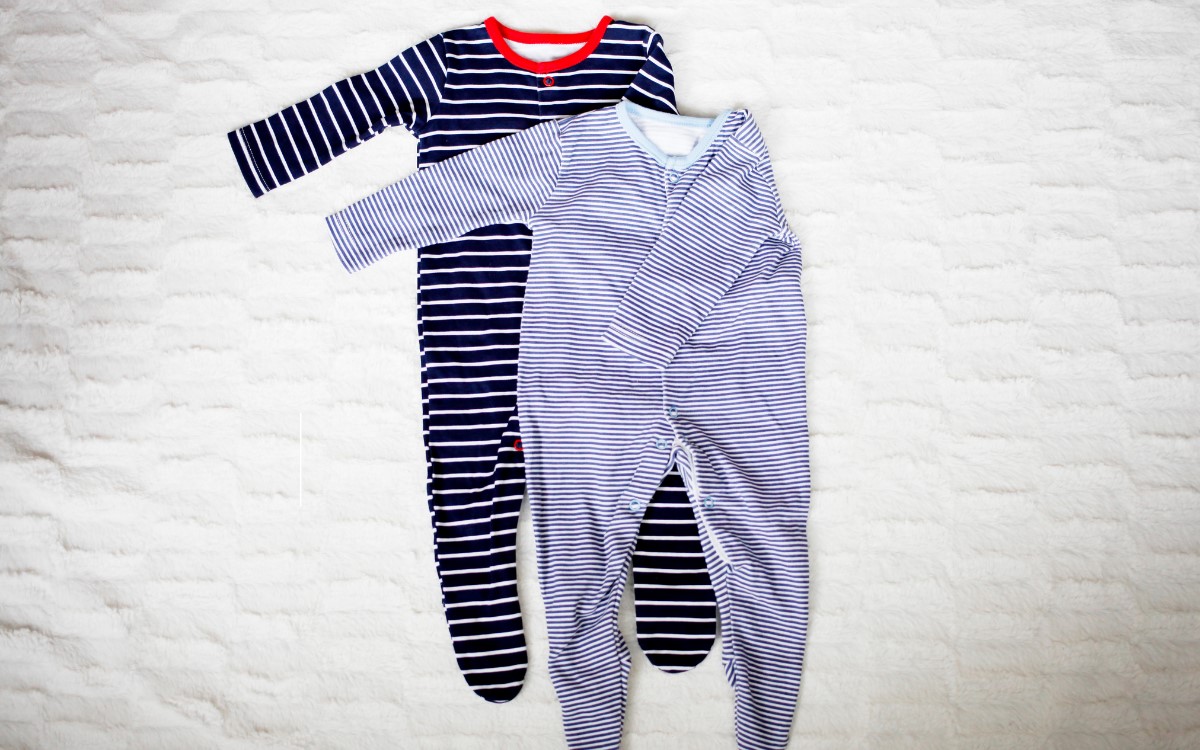
Footed pajamas will help keep your baby warm and cozy at night and even during the day in cooler weather. Most footed pajamas are long sleeved and as the name suggests, will keep your baby’s feet covered while they sleep. To make diaper and outfit changes more convenient, footed pajamas close down the front either with buttons, snaps, or one long zipper which extends from the outfit’s neck down to the leg
Sleep gowns are also great sleepwear options for your baby. If navigating zippers and buttons in the dark proves to be a challenge, you may want to pick up a few sleep gowns. Unlike footed pajamas, sleep gowns are open at the bottom to allow easier access to your baby’s legs during late night diaper changes.
Having four pieces of sleepwear is usually enough, as it is less likely for clothing to become soiled halfway during the night.
-
Swaddles and Sleep Sacks
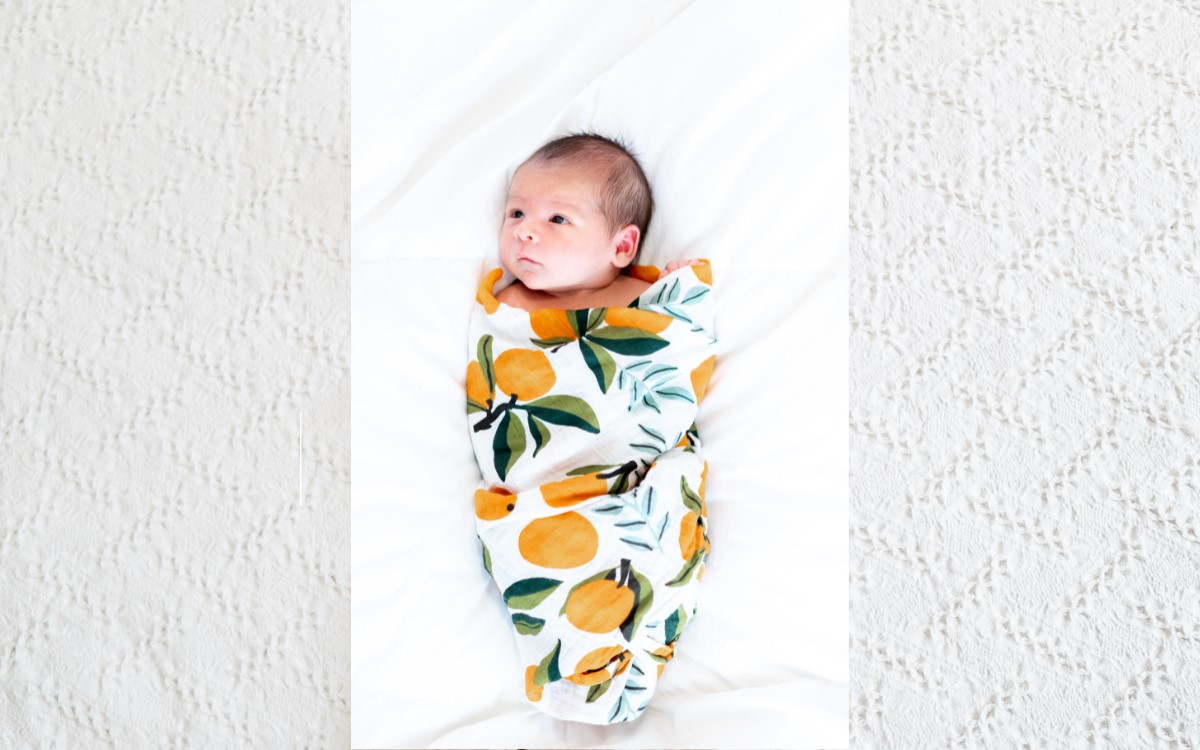
In addition to your baby’s sleepwear, swaddles and sleep sacks may be a good addition to your baby’s bedtime outfit. Swaddles and sleep sacks both work to keep your baby warm and secure during the night. While sleep sacks and swaddles are not necessary, it may help to have them in colder temperatures.
Newborn swaddling involves snuggly wrapping your baby up in a swaddling cloth, thereby mimicking the sensation of being in the womb and making your baby feel safe and secure. Swaddling may also help your baby stay asleep by inhibiting their Moro or startle reflex by keeping their limbs close to them.
It is important that proper swaddling techniques are followed, as improper swaddling could increase the risk of developmental hip dysplasia. Stop swaddling once your baby begins to roll over or is able to break out of the swaddle, as it may put them in an unsafe sleeping position if they roll onto their stomach and increase the risk of sudden infant death syndrome (SIDS).
Sleep sacks are another option for an extra layer to keep your baby warm at night. Sleep sacks are designed to secure your baby’s legs and torso while keeping their arms free, allowing them to reposition themselves when they roll over. Sleep sacks also have a measured collar to prevent riding up over the baby’s face. Unlike swaddles which can only be used for the first month or two, sleep sacks can be used from birth all the way to toddlerhood.
Using blankets in infancy has been linked to SIDS. Sleep sacks will keep your baby warm just like blankets, but without the risk of SIDS. Additionally, their closed design may prevent your baby’s legs from getting caught in their crib’s rungs.
Sleep sacks and swaddles are worn over sleepwear and do not come usually in contact with your baby’s skin so they should in theory, not get as dirty and can be reused before washing. Having two to three sleep sacks or swaddles is usually enough.
-
Pants
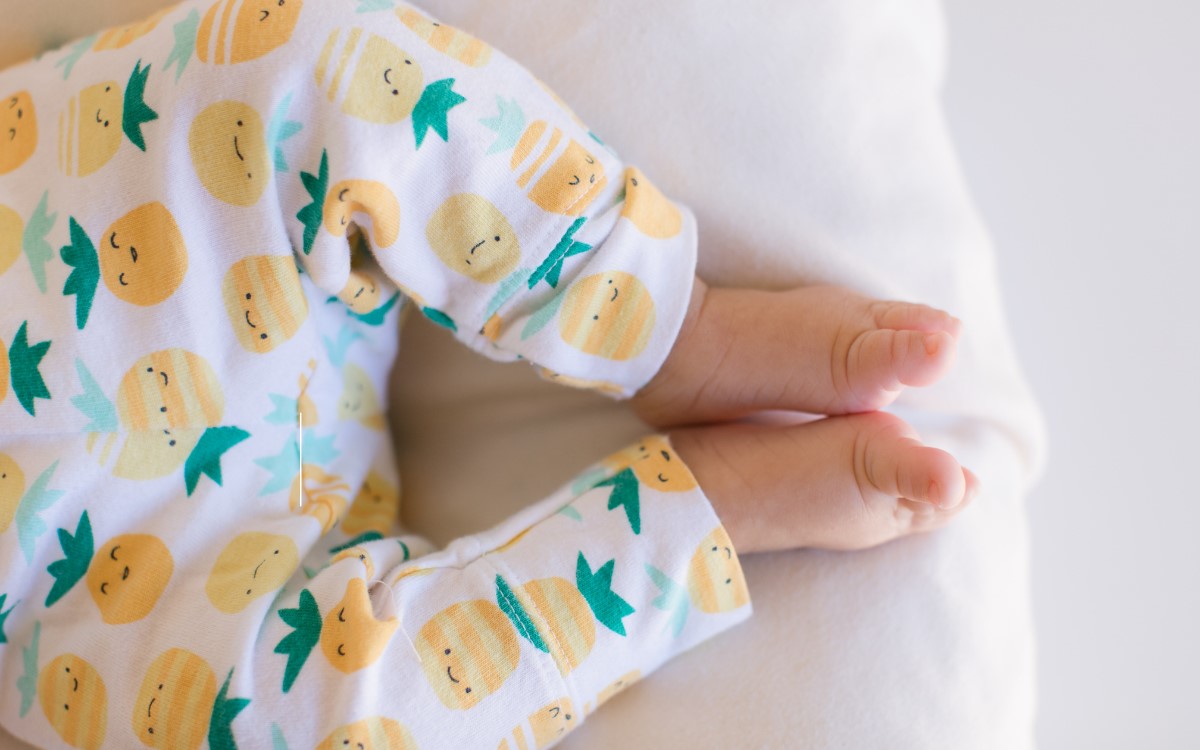
While babies do not need to wear pants especially in hot weather, it may be good to have a few pairs to pull on over a bodysuit when the weather gets cold.
Some people prefer to use footed pajamas or leg warmers for their babies instead of pants. While neither one is better than the other, having only one layer of clothing to take on and off your baby may be more convenient for diaper and outfit changes.
You should be prepared to have three to four pairs of pants for your baby.
-
Socks
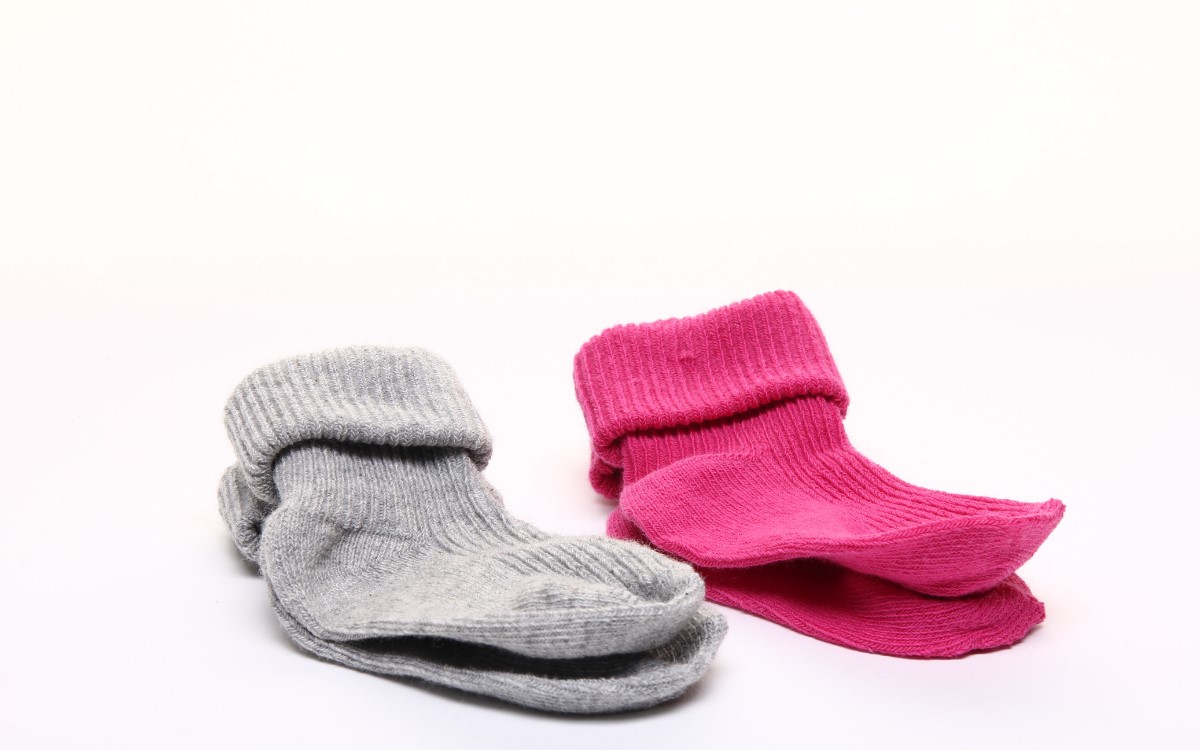
Not only do baby socks keep feet and toes warm, they also protect your baby’s feet from sunburn and injury caused by harmful objects. Your baby will also need to wear socks every time they wear shoes. Just as with adults, socks will keep moisture away from your baby’s feet and prevent skin irritation caused by friction from skin and shoes rubbing together.
While it is true that socks protect your baby’s feet, they may restrict some motion in their toes. Having a full range of motion in their feet and toes is imperative for your baby’s developing feet. For this fact, many pediatricians recommend that babies go barefoot as often as possible.
Socks that fit too tightly around your baby’s ankles and legs can cause a condition known as sock-line hyperpigmentation, which is a fairly benign but potentially irritating dermatological condition. To prevent this, make sure that you can comfortably fit a finger in the space between the sock and your baby’s skin.
Having four to six pairs of socks should be enough to keep your baby comfortable. Depending on the weather conditions and time of year which your baby is born in, you may also want to opt for thinner or thicker baby socks.
-
Mittens
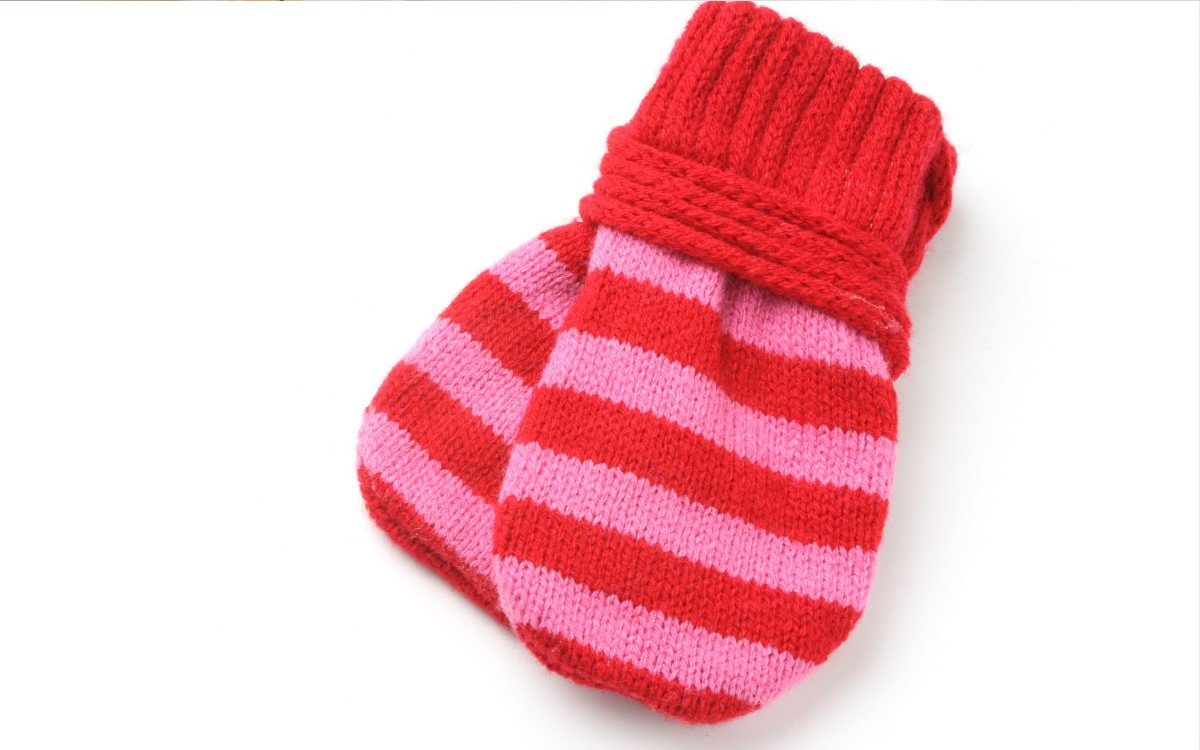
Mittens cover your baby’s hands to keep them warm and prevent them from scratching themselves, especially in their sleep. Mittens are mostly used in the first few months of a baby’s life and are no longer recommended once they gain control over their own reflexes, usually in the first two months.
Using mittens for too long may hinder their development of sensory and fine motor skills. Take care in choosing mittens of the right size. Mittens that fit too tightly around your baby’s wrists can cause a condition similar to sock-line hyperpigmentation, known as mitten-line hyperpigmentation.
Because mittens are typically only used for sleeping, they do not get dirty as easily and can be re-worn before washing. Some babies may also dislike having their hands covered and will not tolerate mittens. Two to three pairs of mittens should be enough to start out.
-
Hats
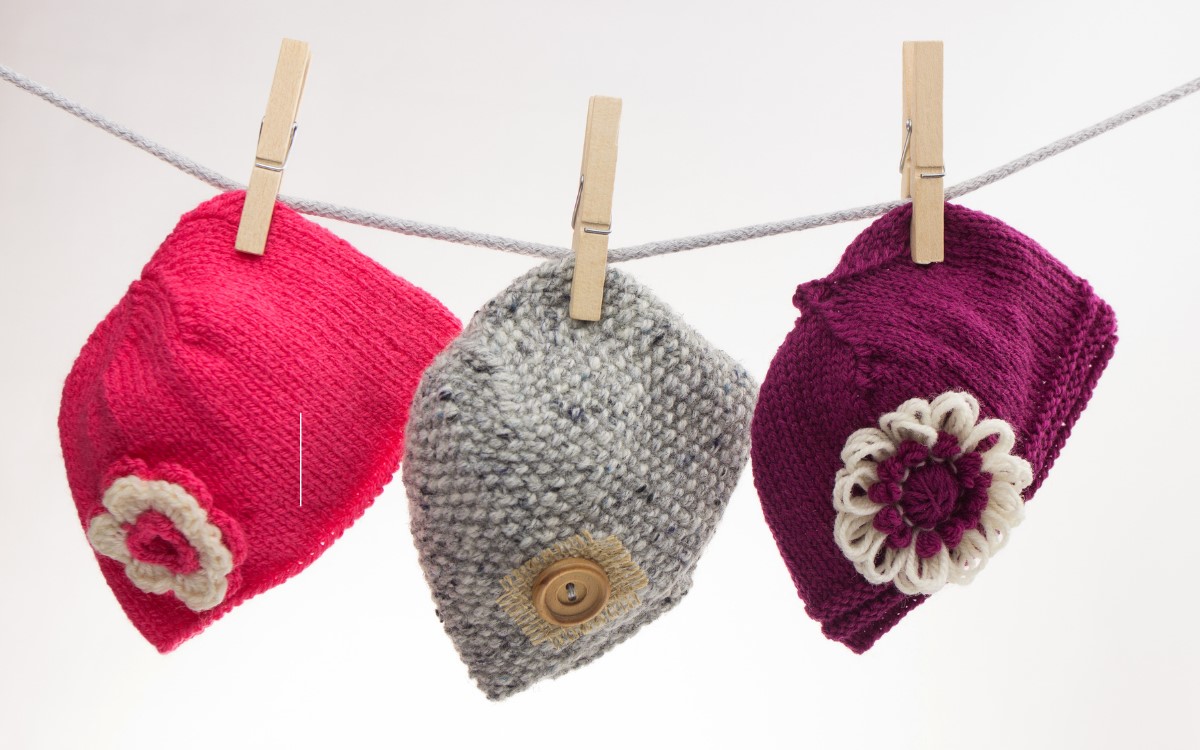
Hats keep your baby’s head warm in cool weather and can offer some protection against sunburn in the hot months. As an added bonus, they also look adorable on your baby. Wool hats may also be a good addition if you live in a cooler climate. Outside of cold weather and being outdoors, healthy, full-term babies do not need to wear hats all the time.
As an important reminder, your baby should never wear hats while they are asleep as hats pose a choking and suffocation hazard should they fall over your baby’s face.
Having two hats in your baby’s clothes stash is usually enough. Keep in mind that all babies are different and yours may or may not enjoy wearing hats.
-
Jackets or Cardigans
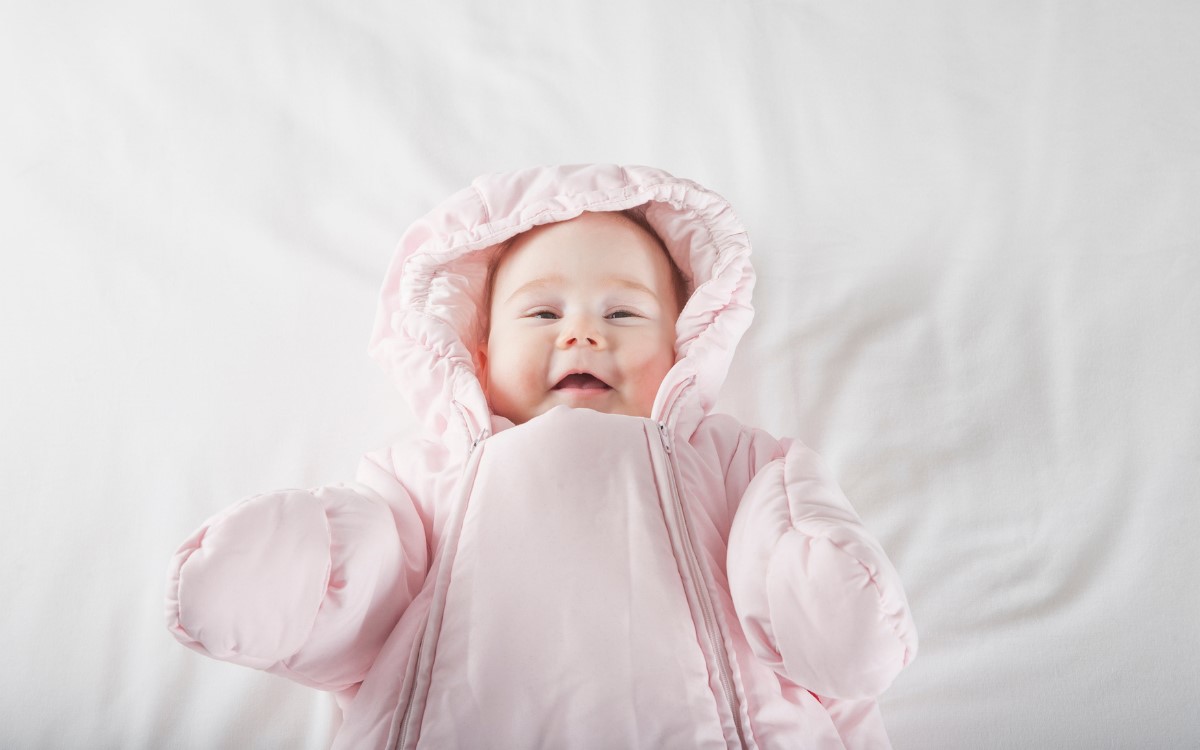
While not exactly necessary, having a jacket for your baby may come in handy if you live in a cold area or during the cold season.
In warmer areas, a thinner cardigan or even just a long-sleeved bodysuit and pants may suffice. In colder areas, full-body outerwear such as a snowsuit may be more appropriate.
Depending on where you live, having one to two jackets or cardigans should be enough.
-
Shoes
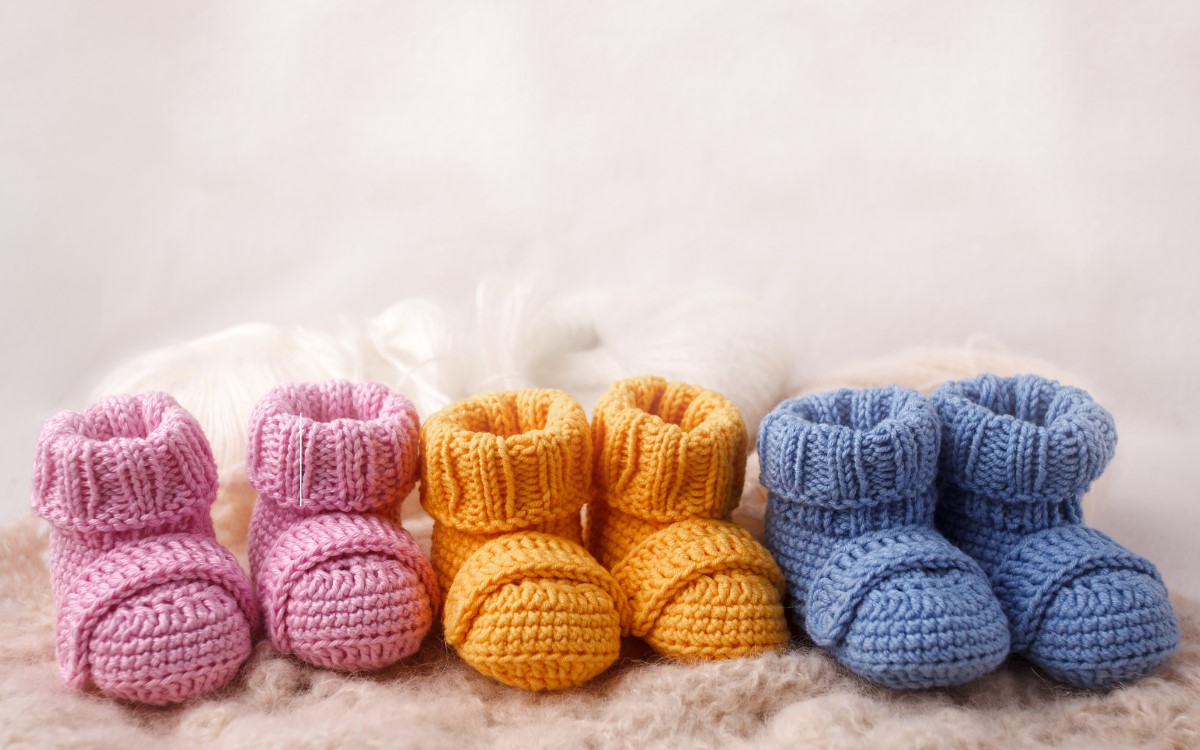
While newborn babies do not need shoes, footwear will protect your baby’s feet from injury and extreme temperatures once they start walking.
Babies who have just begun to walk should be in booties, soft-soled shoes or even be simply barefoot whenever possible to allow them to have better sensory of their feet and to strengthen the muscles in their feet.
Once your baby begins walking, having a single pair of soft shoes should be enough. Shoes should also have enough room for their toes to wiggle, but not so large that their feet slip out. Young children and babies outgrow their shoes quickly, so expensive pairs are not recommended.
So How Many Baby Clothes Do I Really Need?
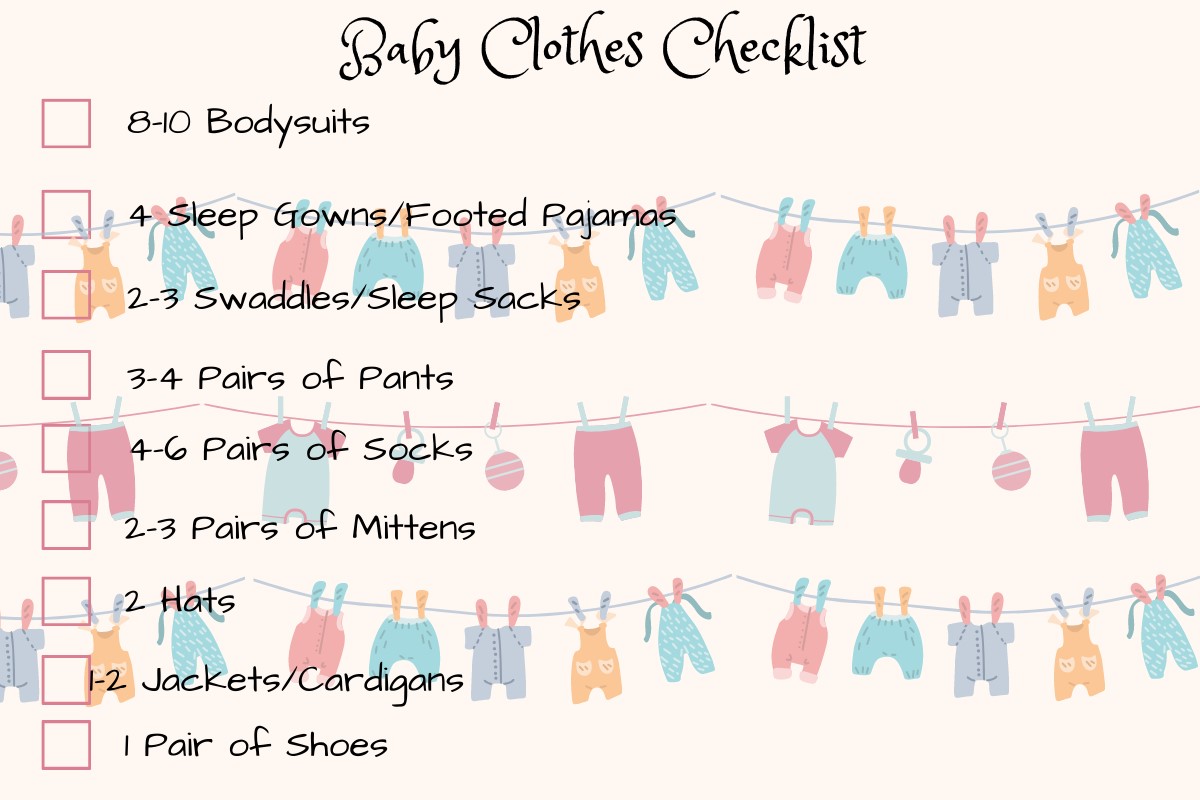
The number of clothes your baby needs will be different from other babies’ needs. Above is a checklist of all the clothes your baby will need in each size. Depending on the climate of the area which your baby is born in, you may want to have more or less of certain items.
The number of times you plan to do laundry each week is also a big indicator of how many baby clothes you will need. If you are doing laundry daily or every other day, divide these numbers by two. If you plan on doing laundry once a week, multiply these numbers by two.
Babies have different clothing needs at different ages. Depending on how old your baby is, they may not need all of these things at one time.
Of course, this is not a definitive list of your baby’s clothing needs. Feel free to add as many or as little as you would like to the list.
